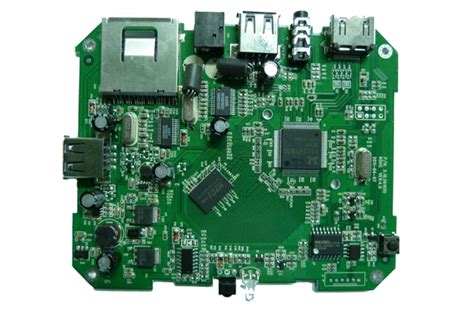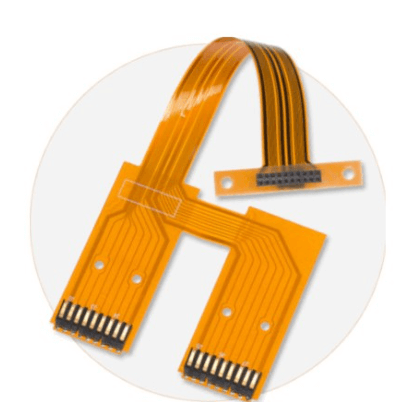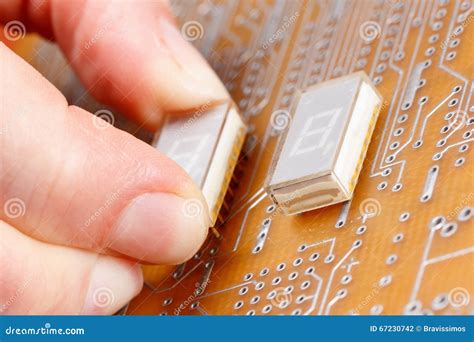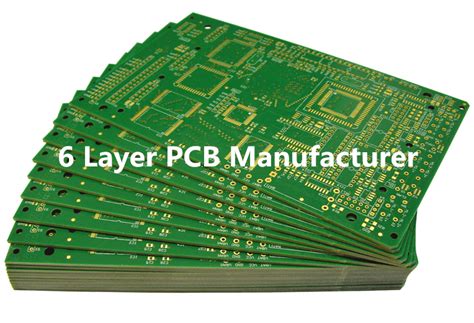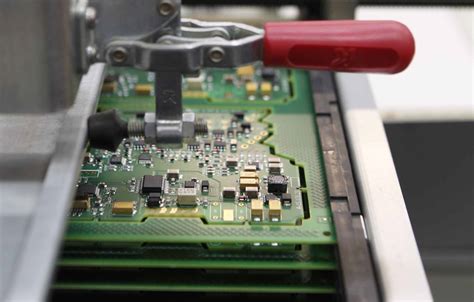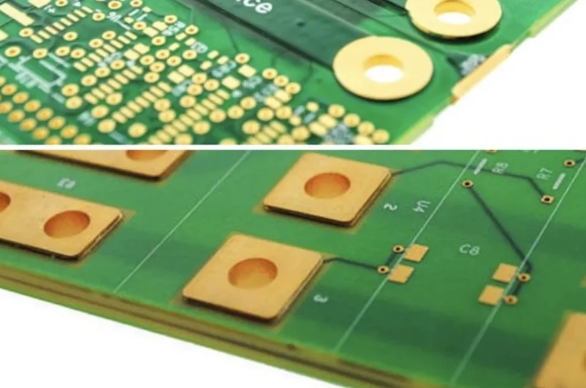Flex pcb process
Understanding The Basics Of Flex PCB Design
In the realm of modern electronics, the demand for compact, lightweight, and flexible devices has led to the increasing popularity of flexible printed circuit boards (PCBs). Understanding the basics of flex PCB design is crucial for engineers and designers who aim to leverage the unique advantages these circuits offer. Flex PCBs, unlike their rigid counterparts, are designed to bend and conform to various shapes, making them ideal for applications where space and flexibility are paramount.
The design process of flex PCBs begins with selecting the appropriate materials.
Typically, these circuits are constructed using a flexible substrate, such as polyimide, which provides the necessary flexibility and thermal stability. The choice of substrate is critical, as it must withstand the mechanical stresses and environmental conditions the final product will encounter. Additionally, the copper layer, which forms the conductive pathways, must be carefully chosen to ensure optimal electrical performance while maintaining flexibility.
Once the materials are selected, the layout design phase commences.
This stage involves creating a schematic that outlines the electrical connections and component placements. Designers must consider the unique properties of flex PCBs, such as their ability to fold and twist, which can introduce challenges in maintaining signal integrity. To address these challenges, careful attention must be paid to trace routing, impedance control, and the minimization of electromagnetic interference. Employing advanced design software can aid in simulating these factors, allowing for adjustments before the physical prototype is created.
Transitioning from design to fabrication, the manufacturing process of flex PCBs involves several specialized steps.
Initially, the flexible substrate is cleaned and prepared for the application of the copper layer. This is typically achieved through a process known as lamination, where the copper foil is bonded to the substrate under heat and pressure. Following lamination, the circuit pattern is transferred onto the copper layer using photolithography, a technique that employs light to etch the desired circuit design.
Subsequent to patterning, the etching process removes excess copper, leaving behind the intricate network of conductive traces.
This step is crucial, as any errors can lead to circuit failures or performance issues. After etching, the board undergoes a series of inspections to ensure the integrity of the circuit paths. These inspections often include visual checks and automated optical inspections to detect any defects or inconsistencies.
The final stages of flex PCB production involve the application of protective coatings and the addition of components.
A solder mask is applied to shield the copper traces from environmental damage and to prevent solder bridging during component assembly. Additionally, a coverlay, typically made of polyimide, is laminated over the circuit to provide further protection and mechanical support. Component placement and soldering are then performed, often using surface mount technology to accommodate the compact nature of flex PCBs.
In conclusion, understanding the basics of flex PCB design requires a comprehensive approach that encompasses material selection, layout design, and meticulous fabrication processes. As technology continues to evolve, the demand for flexible electronics is expected to grow, making proficiency in flex PCB design an invaluable skill for engineers and designers. By mastering these fundamentals, professionals can create innovative solutions that meet the ever-changing needs of the electronics industry.
Key Steps In The Flex PCB Manufacturing Process
The manufacturing process of flexible printed circuit boards (flex PCBs) is a sophisticated and intricate procedure that requires precision and attention to detail. Flex PCBs are essential components in modern electronics, offering versatility and durability in applications where traditional rigid PCBs may not suffice. Understanding the key steps involved in their production is crucial for ensuring high-quality outcomes and optimal performance.
The process begins with the selection of appropriate materials.
Flex PCBs are typically made from polyimide or polyester films, which provide the necessary flexibility and thermal stability. These materials are chosen based on the specific requirements of the application, such as temperature resistance, flexibility, and dielectric properties. Once the material is selected, it is crucial to ensure that it meets the necessary specifications to withstand the subsequent manufacturing processes.
Following material selection, the next step is the design and layout of the circuit.
This involves using computer-aided design (CAD) software to create a detailed blueprint of the circuit pattern. The design must account for the unique properties of flexible materials, such as their ability to bend and twist, which can affect the placement of components and traces. Designers must also consider factors like impedance control and signal integrity to ensure the circuit functions correctly in its intended application.
Once the design is finalized, the manufacturing process moves to the fabrication stage.
This begins with the preparation of the substrate, where the chosen flexible material is cleaned and treated to enhance adhesion. A layer of copper foil is then laminated onto the substrate, forming the basis for the circuit traces. The copper layer is subsequently coated with a photoresist material, which is sensitive to ultraviolet (UV) light.
The next critical step is the exposure and development process.
The circuit design is transferred onto the photoresist-coated substrate using a photomask and UV light. The areas exposed to the light harden, while the unexposed areas remain soft and are removed during the development process. This step reveals the underlying copper, which will form the circuit traces.
Etching follows, where the exposed copper is removed using a chemical solution, leaving behind only the desired circuit pattern.
This step requires precise control to ensure that the traces are accurately formed without over-etching, which could compromise the circuit’s integrity. After etching, the remaining photoresist is stripped away, revealing the completed circuit pattern on the flexible substrate.
Subsequently, the circuit undergoes a series of finishing processes to enhance its durability and performance.
These may include the application of a protective solder mask, which prevents oxidation and short circuits, and the addition of surface finishes like gold or silver plating to improve conductivity and solderability. The circuit may also be subjected to electrical testing to verify its functionality and ensure it meets the required specifications.
Finally, the flex PCB is cut to its final shape and size, often using laser cutting technology for precision. The completed boards are then inspected for quality assurance, ensuring that they meet all design and performance criteria before being shipped to customers.
In conclusion, the manufacturing process of flex PCBs involves a series of meticulously controlled steps, from material selection and design to fabrication and finishing. Each stage is critical in ensuring the final product’s quality and reliability, making it essential for manufacturers to adhere to stringent standards and employ advanced technologies throughout the process.
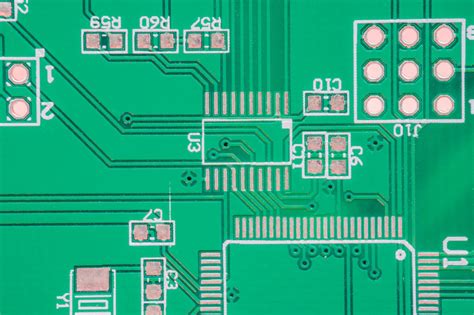
Advantages Of Using Flex PCBs In Modern Electronics
In the rapidly evolving landscape of modern electronics, the demand for more compact, efficient, and versatile components has led to the increased adoption of flexible printed circuit boards (flex PCBs). These innovative circuit boards offer a multitude of advantages over traditional rigid PCBs, making them an attractive choice for a wide range of applications. As we delve into the benefits of flex PCBs, it becomes evident that their unique properties are instrumental in addressing the challenges faced by contemporary electronic design and manufacturing.
To begin with, one of the most significant advantages of flex PCBs is their inherent flexibility.
Unlike rigid PCBs, which are limited by their fixed shape and size, flex PCBs can be bent, folded, and twisted to fit into unconventional spaces. This adaptability is particularly beneficial in the design of compact and portable devices, such as smartphones, wearable technology, and medical implants, where space is at a premium. By allowing for more creative and efficient use of available space, flex PCBs enable the development of smaller, lighter, and more ergonomic products.
In addition to their physical flexibility, flex PCBs also offer enhanced durability and reliability.
The materials used in their construction, such as polyimide or polyester films, are not only flexible but also resistant to heat, moisture, and chemicals. This resilience ensures that flex PCBs can withstand harsh environmental conditions and mechanical stress, making them ideal for use in automotive, aerospace, and industrial applications. Furthermore, the reduced number of connectors and solder joints in flex PCBs minimizes the risk of failure due to mechanical fatigue or corrosion, thereby enhancing the overall reliability of the electronic system.
Moreover, the use of flex PCBs can lead to significant cost savings in both manufacturing and assembly processes.
The ability to integrate multiple components and functions onto a single flex PCB reduces the need for additional connectors, cables, and interconnects, which in turn simplifies the assembly process and reduces labor costs. Additionally, the lightweight nature of flex PCBs contributes to lower shipping and handling expenses. While the initial cost of producing flex PCBs may be higher than that of rigid PCBs, the long-term savings in assembly and maintenance often outweigh the initial investment.
Another noteworthy advantage of flex PCBs is their potential to improve electrical performance.
The shorter and more direct routing of electrical paths in flex PCBs reduces signal loss and electromagnetic interference, resulting in better signal integrity and faster data transmission. This characteristic is particularly advantageous in high-frequency applications, where maintaining signal quality is crucial. Furthermore, the ability to design complex three-dimensional circuits with flex PCBs allows for more efficient use of space and improved thermal management, which can enhance the performance and longevity of electronic devices.
In conclusion, the advantages of using flex PCBs in modern electronics are manifold, encompassing flexibility, durability, cost-effectiveness, and improved electrical performance. As the demand for more compact and efficient electronic devices continues to grow, the role of flex PCBs in meeting these requirements becomes increasingly important. By offering a versatile and reliable solution to the challenges of contemporary electronic design, flex PCBs are poised to play a pivotal role in the future of technology. As such, their adoption is likely to expand across various industries, driving innovation and enabling the development of next-generation electronic products.
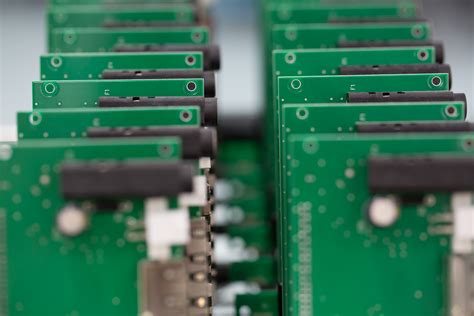
Common Challenges And Solutions In Flex PCB Fabrication
The fabrication of flexible printed circuit boards (flex PCBs) presents a unique set of challenges that differ significantly from those encountered in the production of traditional rigid PCBs. As the demand for more compact, lightweight, and versatile electronic devices continues to grow, the importance of understanding these challenges and their solutions becomes increasingly critical.
One of the primary challenges in flex PCB fabrication is the selection of appropriate materials.
Unlike rigid PCBs, which typically use FR-4 as a substrate, flex PCBs require materials that can withstand bending and flexing without compromising performance. Polyimide is commonly used due to its excellent thermal stability and flexibility. However, selecting the right adhesive and copper foil is equally important to ensure the overall durability and functionality of the flex PCB.
Another significant challenge is the design complexity associated with flex PCBs.
The need to accommodate three-dimensional shapes and dynamic movements necessitates a more intricate design process. Designers must carefully consider factors such as bend radius, dynamic flexing, and the potential for mechanical stress.
To address these issues, advanced design software and simulation tools can be employed to predict and mitigate potential problems before they arise in the physical prototype stage. Additionally, collaboration between designers and manufacturers is crucial to ensure that the design is both innovative and manufacturable.
The manufacturing process itself also presents several challenges.
For instance, the etching process used to create circuit patterns on flex PCBs must be precisely controlled to prevent over-etching or under-etching, which can lead to circuit failures. To overcome this, manufacturers often employ advanced etching techniques and equipment that allow for greater precision and consistency. Moreover, the lamination process, which involves bonding multiple layers of materials together, must be carefully managed to prevent issues such as delamination or misalignment. Utilizing high-quality materials and maintaining strict process controls can help mitigate these risks.
Furthermore, the testing and inspection of flex PCBs pose additional challenges.
Due to their flexible nature, traditional testing methods used for rigid PCBs may not be applicable. Instead, specialized testing equipment and techniques are required to assess the electrical performance and mechanical durability of flex PCBs. Non-destructive testing methods, such as automated optical inspection (AOI) and X-ray inspection, are often employed to identify defects without damaging the board. Additionally, rigorous mechanical testing, including flexural and tensile tests, is essential to ensure that the flex PCB can withstand the intended application environment.
Finally, cost considerations cannot be overlooked in the flex PCB fabrication process.
The use of specialized materials and advanced manufacturing techniques can lead to higher production costs compared to rigid PCBs. However, by optimizing the design for manufacturability and leveraging economies of scale, manufacturers can reduce costs without compromising quality. Furthermore, investing in research and development to improve fabrication processes and materials can lead to long-term cost savings and enhanced product performance.
In conclusion, while the fabrication of flex PCBs presents a range of challenges, these can be effectively addressed through careful material selection, advanced design and manufacturing techniques, and rigorous testing and inspection processes. By understanding and overcoming these challenges, manufacturers can produce high-quality flex PCBs that meet the demands of modern electronic applications, ultimately contributing to the advancement of technology and innovation.

